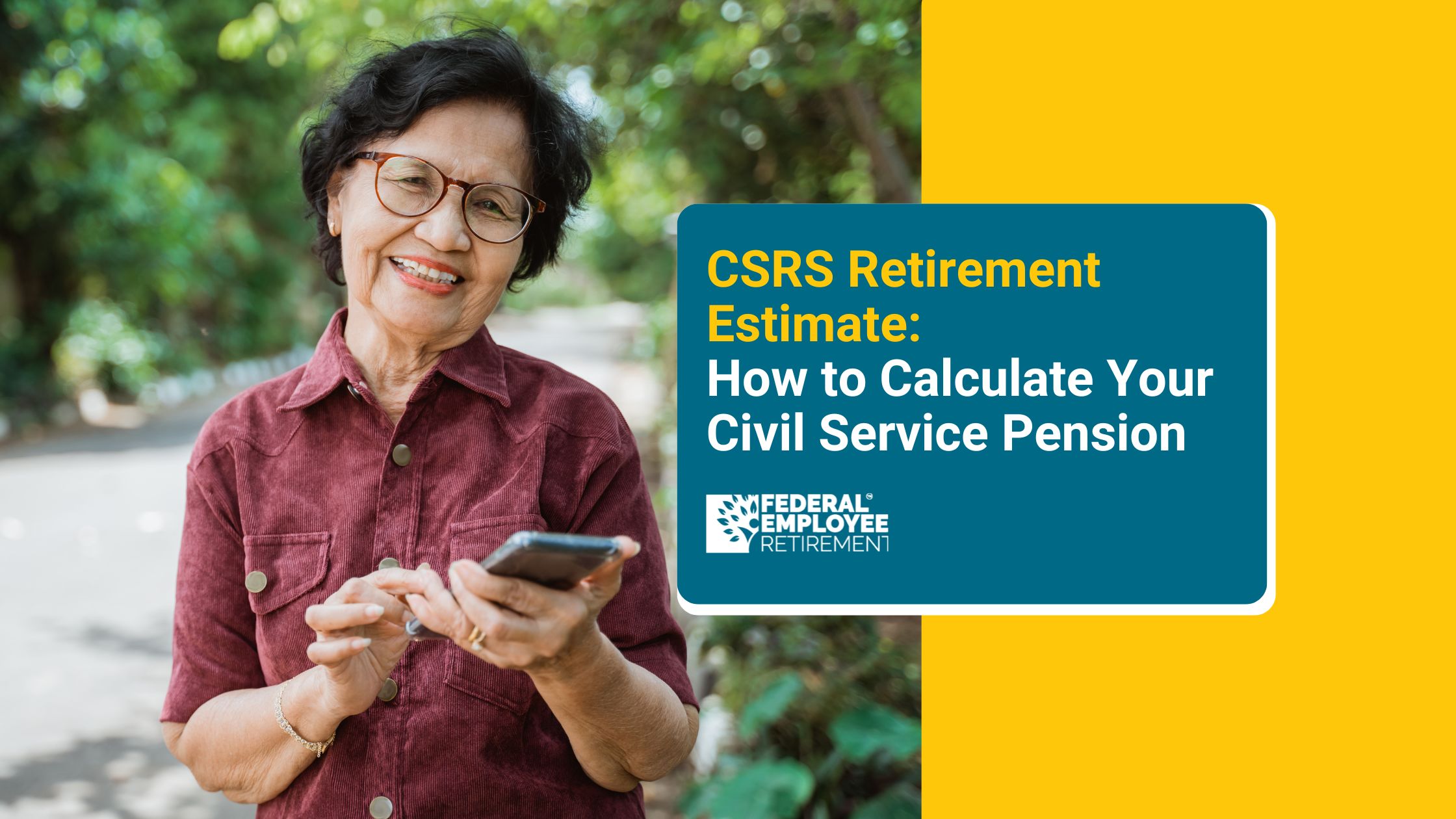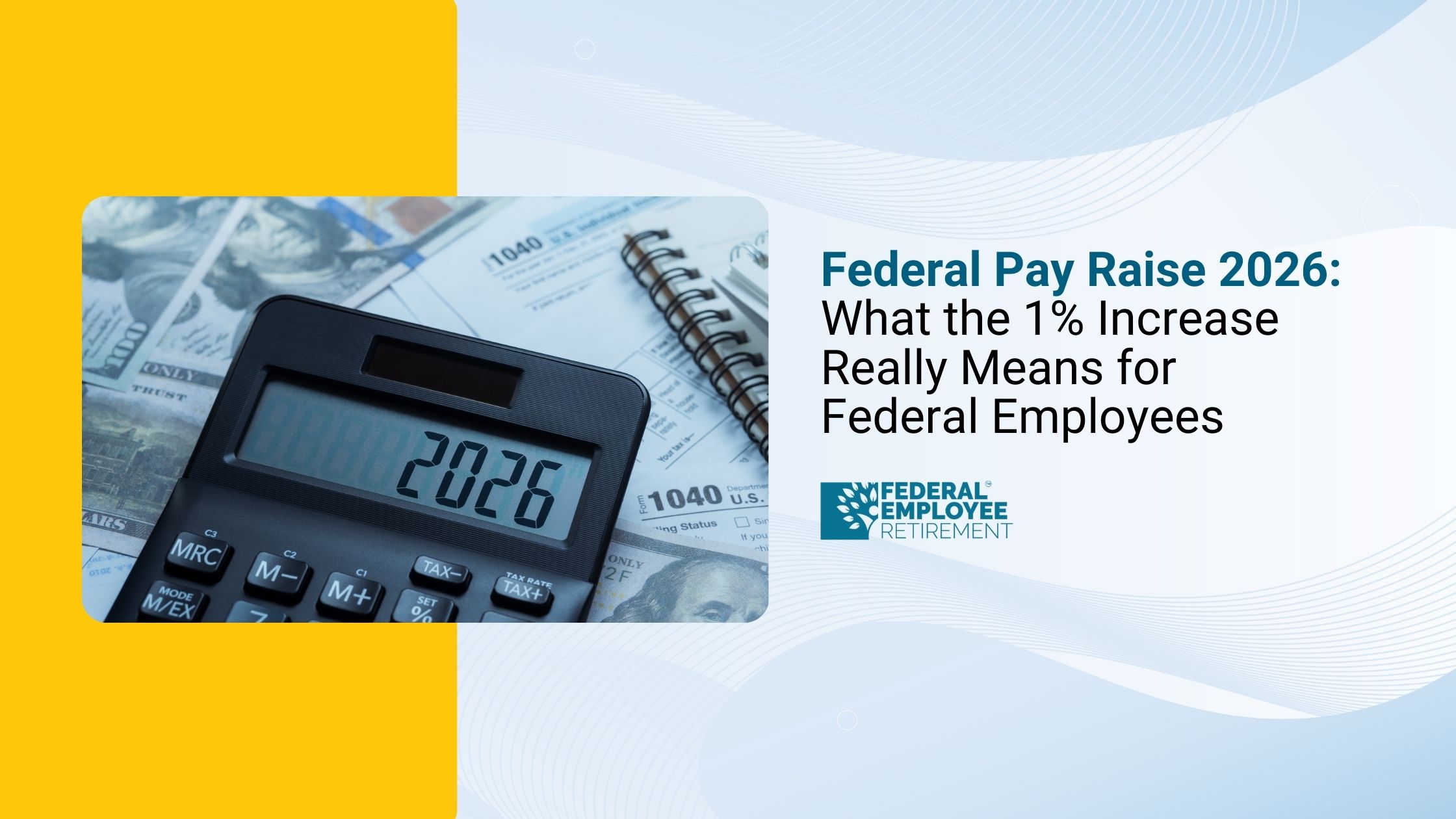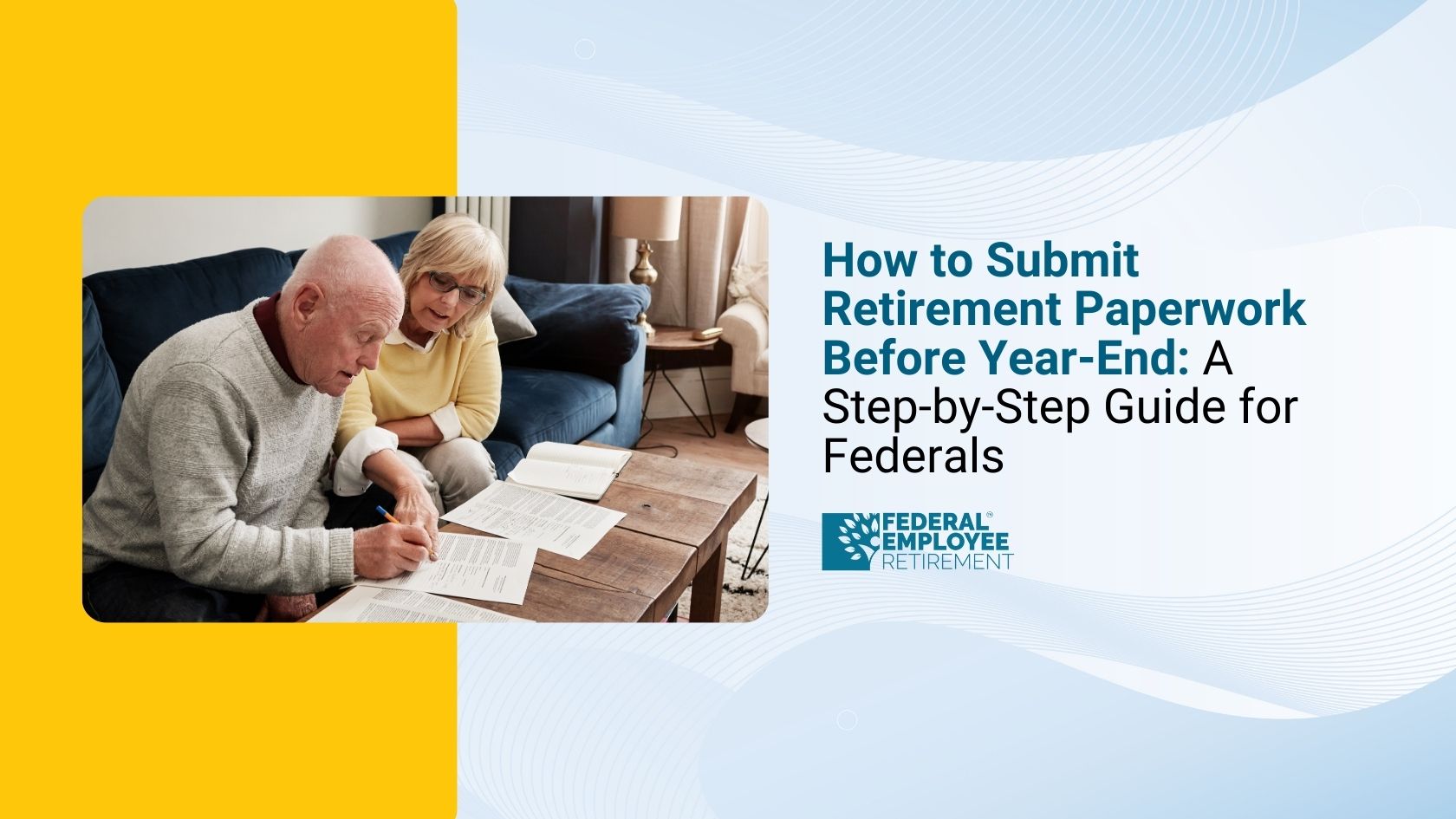You’re not alone; 4,359 federal employees booked their free review.

CSRS Retirement Estimate: How to Calculate Your Civil Service Pension
If you’re a federal employee covered under the Civil Service Retirement System (CSRS), knowing your CSRS retirement estimate is essential for planning your future. Your monthly pension is based on your high-3 average salary, your total years of creditable service, and the CSRS annuity formula.
This guide walks you through the calculation process step-by-step, explains what counts toward your high-3 salary, and includes examples so you can estimate your own CSRS benefit.
Step 1 – Understanding the High-3 Average Salary
Your High-3 Average Salary is the average of your basic pay during the highest-paid consecutive three years of your federal career. This period usually occurs during your final three years before retirement, but not always if you earned a higher base pay earlier in your career, that period could be used instead.
Base pay for High-3 purposes includes:
- Night differential for wage grade employees
- Environmental differential pay
- Locality pay
- Premium pay for standby (firefighters)
- Administratively Uncontrolled Overtime (AUO)
- Law Enforcement Availability Pay (LEAP)
- Non-foreign COLA converted to locality pay
It does not include:
- Cash awards and bonuses
- Overtime pay
- Holiday pay
- Military pay
- Travel pay
- Other special allowances
Step 2 – Determining Length of Service
Your length of service includes:
- Creditable civilian service
- Military service (with deposit paid, if required)
- Unused sick leave (converted to service credit)
Step 3 – Applying the CSRS Annuity Formula
CSRS uses a tiered percentage formula based on years of service:
Example: Standard CSRS Retirement Estimate
Let’s say Tom is 56 years old, has 30 years of creditable service, and his High-3 salary is $60,000.
- First 5 years: 1.5% × $60,000 × 5 = $4,500
- Second 5 years: 1.75% × $60,000 × 5 = $5,250
- Remaining 20 years: 2% × $60,000 × 20 = $24,000
Total Annual Annuity = $33,750
Monthly Pension = $2,812.50
Step 4 – Special Case: CSRS Offset
If you had at least 5 years of CSRS service before January 1, 1984, left federal service for more than a year, and later returned under Social Security coverage, you are a CSRS Offset employee.
Your annuity is calculated the same way as CSRS until age 62, when it is reduced by the portion of your Social Security benefit earned during Offset service. You will then receive two payments one from OPM and one from Social Security.
Quick Formula for Your Own CSRS Retirement Estimate
1.5% × High-3 × First 5 years = $_____
1.75% × High-3 × Next 5 years = $_____
2% × High-3 × Remaining Years = $_____
Total Annual Annuity = $_____
Monthly Pension = Total ÷ 12
Key Takeaways
- Your High-3 Average Salary is the single most important number in your CSRS retirement estimate.
- Longer service greatly increases your pension due to the 2% rate after 10 years.
- CSRS Offset employees need to factor in a Social Security reduction at age 62.
- Always check with OPM or your agency’s HR for your official estimate before making retirement decisions.
CSRS vs FERS
Additional Factors That Can Affect Your CSRS Retirement Estimate
While the basic formula gives you a solid starting point, other factors can adjust your final pension.
1. Survivor Benefits
If you’re married at retirement, your pension will usually be reduced to provide a survivor annuity.
- Full survivor benefit: 55% of your unreduced annuity (your annuity is reduced by about 10%).
- Partial survivor benefit: Lower coverage at a smaller cost.
- No survivor benefit: Requires your spouse’s notarized consent.
2. Unused Sick Leave
CSRS credit for unused sick leave can increase your service length, boosting your pension. Sick leave is converted into additional months of service and applied in the final calculation.
3. Early Retirement Reductions
If you retire under early-out provisions or discontinued service before age 55, your pension will be reduced by 2% for each year (1/6 of 1% per month) you are under 55.
4. Deposits and Redeposits
- Military service deposits: Required to count post-1956 military service toward CSRS if you will be eligible for Social Security.
- Civilian redeposits: If you withdrew retirement contributions for past service, you may need to repay them to get full credit.
5. Cost-of-Living Adjustments (COLAs)
CSRS retirees are eligible for full COLAs each year based on the Consumer Price Index (CPI), protecting your annuity from inflation.
Common Mistakes When Estimating Your CSRS Retirement
- Using gross pay instead of basic pay in the High-3 calculation.
- Forgetting to include sick leave credit in service years.
- Not factoring in survivor benefit reductions.
- Ignoring CSRS Offset rules if you have Offset service.
- Rounding service time incorrectly (OPM drops partial months from the computation).
Also read - how many csrs employees are left
Final Thought:
A well-prepared CSRS retirement estimate helps you make informed decisions about your retirement date, financial readiness, and survivor benefits. Use this formula as a starting point, but request an official projection to confirm your numbers.
FAQ'S
1. How do I calculate my CSRS retirement?
Under the Civil Service Retirement System (CSRS), your annual pension is typically calculated using this formula:
- First 5 years of service: 1.5% × your “high-3” average salary × years of service
- Next 5 years: 1.75% × high-3 salary × years of service
- All remaining years: 2% × high-3 salary × years of service
Your high-3 salary is the average of your highest-paid 36 consecutive months of basic pay. The final pension is capped at 80% of your high-3 average (excluding unused sick leave, which can increase it slightly).
2. What is the average CSRS pension?
According to OPM data, the average CSRS annuity for retirees in 2025 is around $4,800 to $5,200 per month (roughly $57,000–$62,000 annually). This is significantly higher than the average FERS pension because CSRS benefits are more generous and do not rely on Social Security.
3. How many active CSRS employees are left?
CSRS was replaced by the Federal Employees Retirement System (FERS) in 1987. As of 2025, fewer than 4% of federal employees are still under CSRS, with most of them being long-serving workers who were hired before January 1, 1984.
4. Is CSRS a good pension?
Yes, CSRS is widely regarded as one of the most generous federal pension systems. It provides:
- A guaranteed defined benefit based on years of service and salary
- Cost-of-Living Adjustments (COLAs) that match inflation
- No dependence on Social Security benefits (although you can still qualify separately if eligible)
However, it is no longer available to new federal employees, so it’s a rare and valuable benefit for those still covered.


Get Updated
Subscribe to our weekly updates for the latest on retirement planning, federal benefits, exclusive webinars, and more!
Download Federal Retirement: Step-by-step Checklist
This comprehensive guide will help you understand your federal benefits, optimize your savings, and plan for a comfortable future.



.png)








